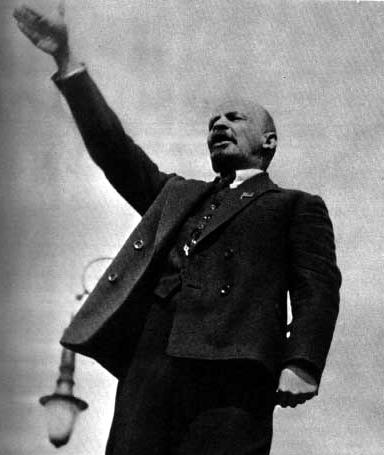WWI - Timeline
- Post 1914
- The situation in Europe
- 1914
- June 28: Franz Ferdinand assassinated in Sarajevo
- The Great War breaks out
- August 23: Germany invades France
- The British Blockade
- 1915
- The "Lusitania" was sunk by a German U-boat
- April: Italy joins the war
- War in the trenches
- London attacked from the air by German Zeppelins
- 1916
- Battle of Verdun
- Battle of Jutland
- Battle of the Somme
- 1917
- Germany's unrestricted u-boat warfare
- The USA joins the war
- Russia leavs the War
- 1918
- Germany's last offensive
- The Battle of the Argonne Forest
- The First World War ends
- Treaty of Versailles
Russia leaves the war
In March 1917 riots broke loose in Russia. The people were not pleased with how the government handled the scarcity of food and fuel. On March 15, Czar Nicholas II, the leader of the Russian Empire, left his throne to a temporary government. This government supported Russia's continued participation in World War I, but they still could not solve the situation with the food shortages that were affecting the country.

A group of Communists led by Vladimir Lenin, the Bolsheviks, overthrew the government in November 1917 and created a Communist government. Lenin wanted to concentrate on building up a communist state and wanted to pull Russia out of the war. He accomplished this by agreeing to the Treaty of Brest-Litvosk with Germany on March 3, 1918. This treaty gave Germany the territory of Ukraine, Finland and Polish and Baltic territories. Germany on the other hand had to remove their army from Russian lands.